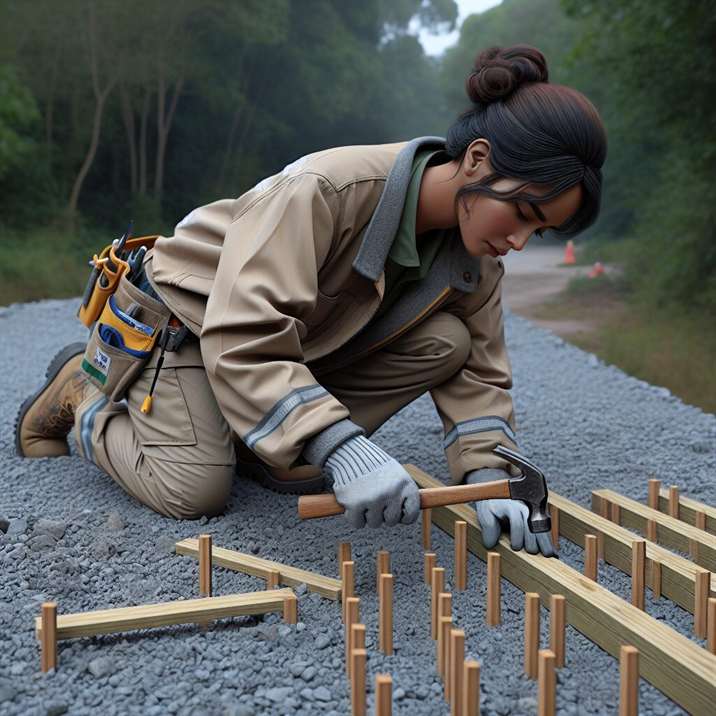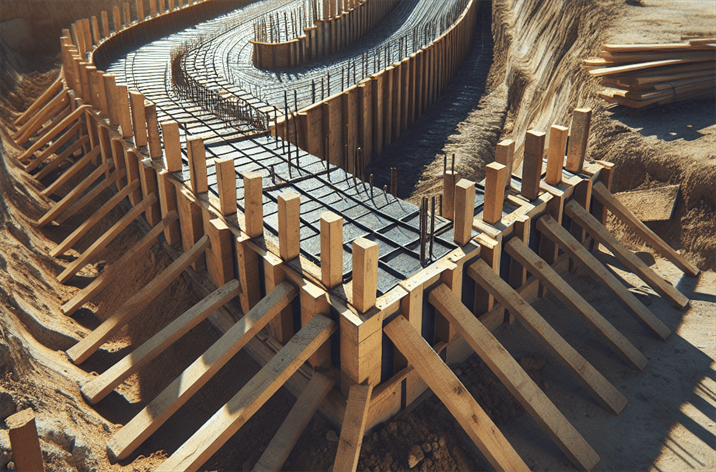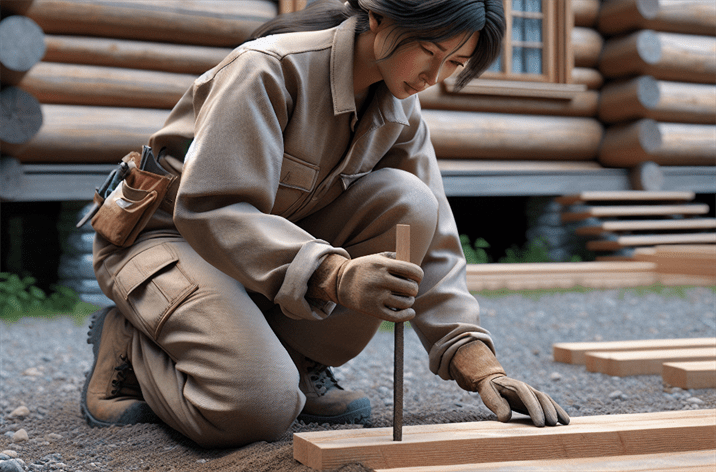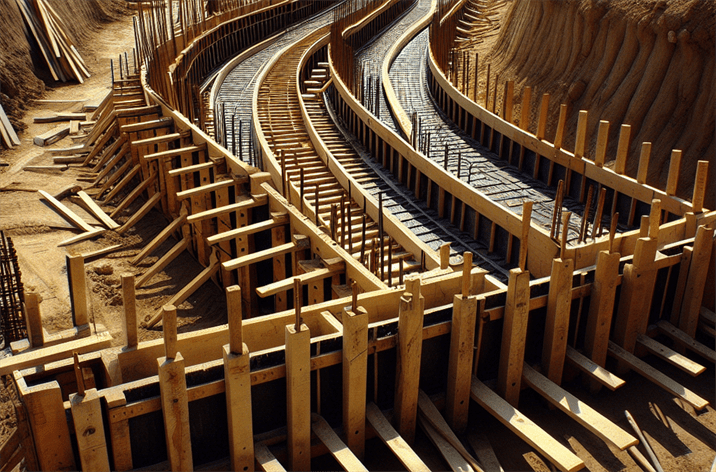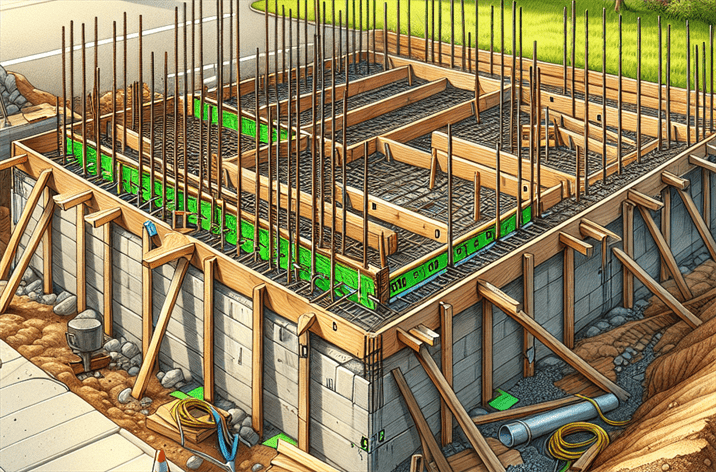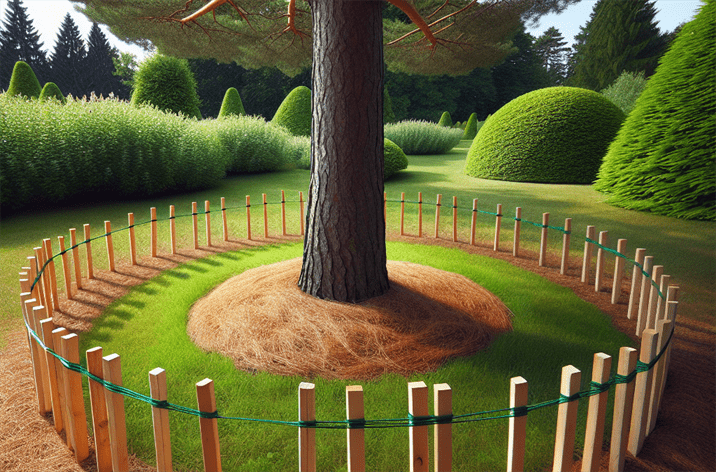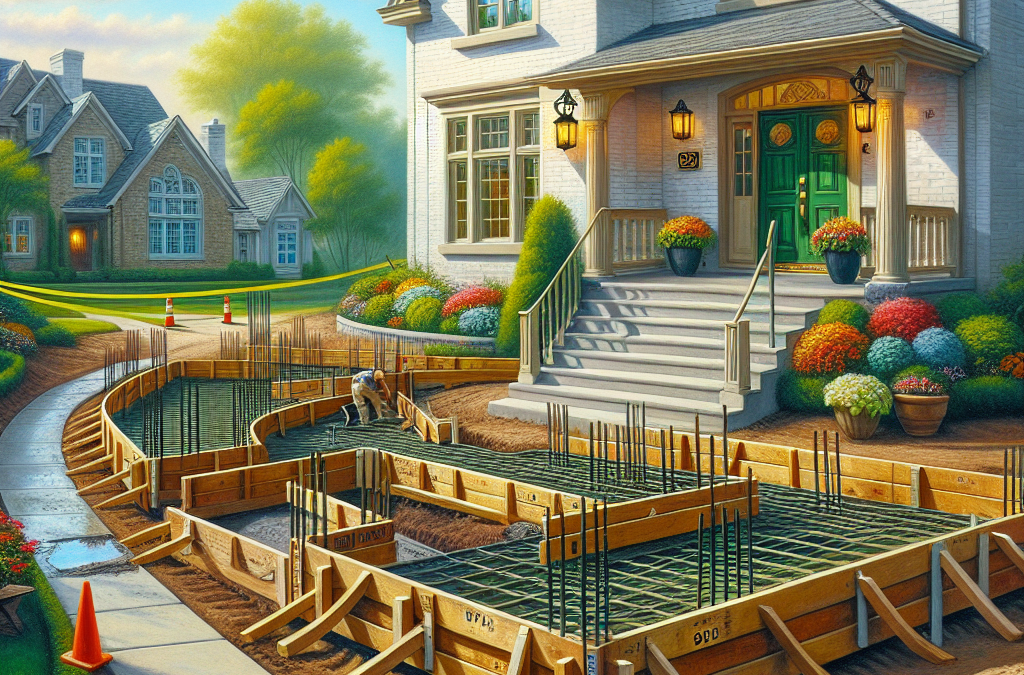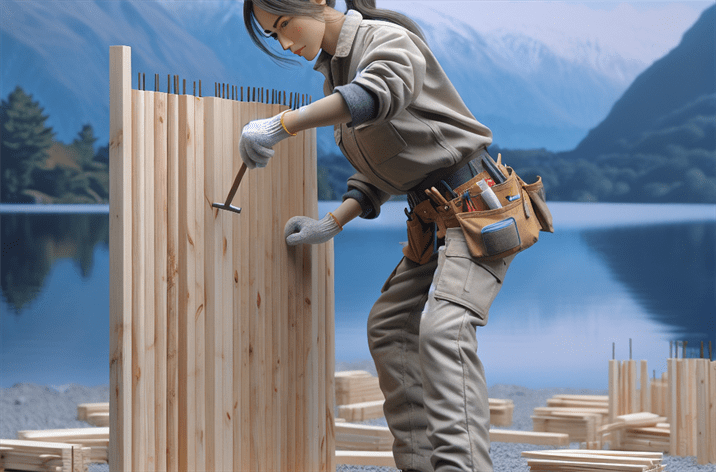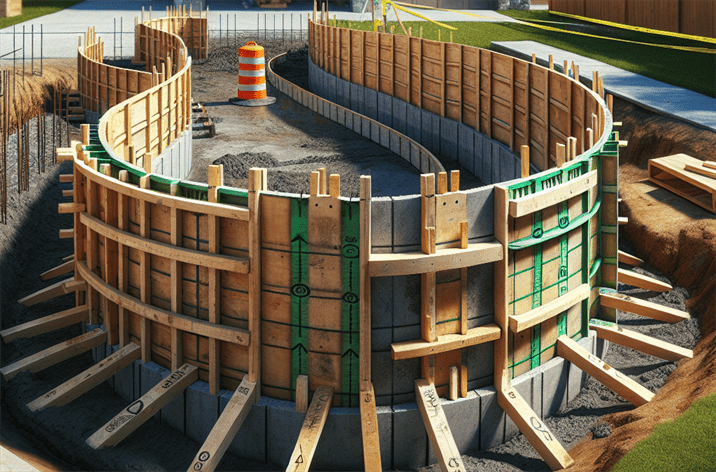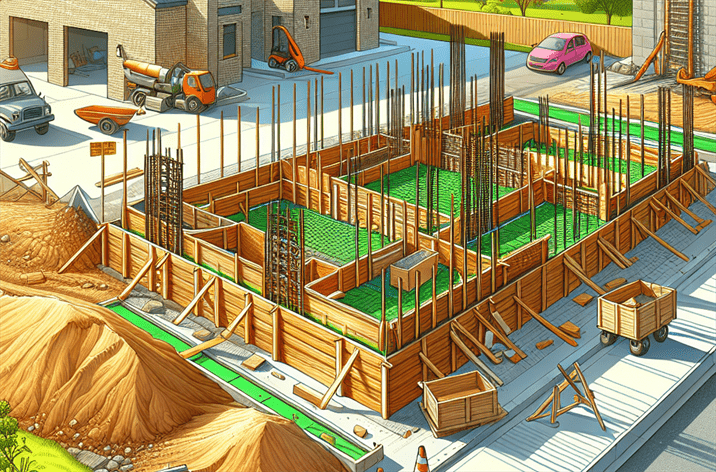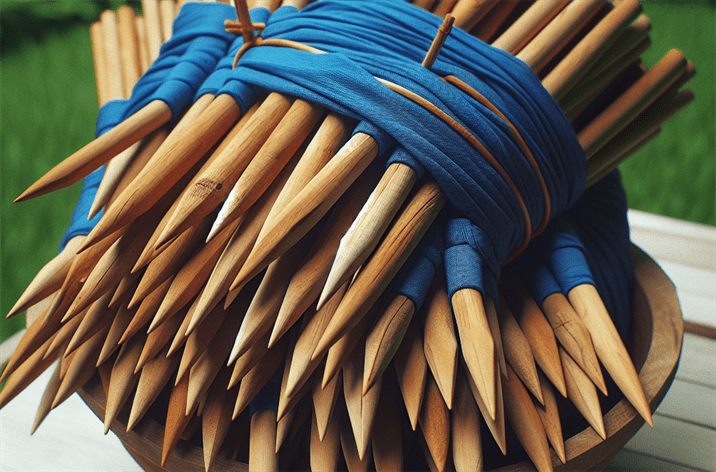Choosing the Right Stakes and Lath for Your Fence
Introduction
Building a fence is more than just setting up a boundary; it’s about adding value, defining space, and enhancing aesthetics. Imagine this: a beautifully crafted fence that not only provides privacy but also complements the landscape. The foundation of this endeavor lies in choosing the right stakes and lath for your fence. These seemingly simple materials play a crucial role in the construction of any fencing project, ensuring that it stands strong against the elements while maintaining its structural integrity.
In the world of fencing and landscaping, stakes and lath serve as the unsung heroes. They are critical in establishing the layout of your project, guiding the installation of posts, and ensuring that everything is perfectly aligned. Without them, even the most intricately designed fences can falter. The importance of these elements cannot be overstated, particularly as modern construction techniques evolve and demand more precision and durability.
Throughout this article, we will delve into the essential aspects of choosing the right stakes and lath for your fence. You will learn about the various types of stakes and lath, their specific applications, and how they impact the overall success of your fencing project. We will also explore best practices, benefits, and tips for making informed decisions to achieve the best results. By the end of this guide, you’ll have a comprehensive understanding of why these materials are vital and how to select the best options for your unique needs.
What is Choosing the Right Stakes and Lath for Your Fence?
Definition
Choosing the right stakes and lath for your fence involves selecting the appropriate materials that will support the structure and design of the fence. Stakes are typically used to anchor posts to the ground, while lath serves as a framework or guide for the fence structure. Together, they help to ensure that the fence is stable, straight, and durable.
Historical Context
Historically, the use of stakes and lath can be traced back to ancient fencing practices, where simple wooden stakes were hammered into the ground to create boundaries. Over the years, the materials and methods have evolved significantly. In modern construction, we see a variety of materials, including treated wood, metal, and composites, each offering unique benefits and challenges.
The Importance of Choosing the Right Stakes and Lath for Your Fence
In today’s construction climate, the importance of selecting the right stakes and lath has gained prominence. As projects become more complex, the need for reliable and high-quality materials grows. Using subpar stakes or lath can lead to misalignment, structural failures, and increased maintenance costs.
Choosing the Right Stakes and Lath for Your Fence in the Context of Landscaping
Landscaping projects often require precise layout and design, making the selection of stakes and lath even more critical. For example, when designing a garden fence, the choice of materials can affect not only the fence’s appearance but also its longevity and ability to withstand weather conditions.
Key Players or Contributors
Several organizations and innovations have influenced the use of stakes and lath in construction. For instance, companies specializing in sustainable building materials have introduced eco-friendly options that meet the needs of modern construction while minimizing environmental impact.

How Does Choosing the Right Stakes and Lath for Your Fence Work?
The Mechanics of Choosing the Right Stakes and Lath for Your Fence
When it comes to selecting the appropriate stakes and lath, several factors must be considered:
- Material Type: The material of the stakes and lath plays a vital role in their performance. For example, treated wood is ideal for outdoor applications due to its resistance to rot and insects, while metal stakes provide enhanced durability and strength.
- Length and Size: The dimensions of the stakes and lath should match the requirements of the project. Longer stakes may be necessary for deeper installations, while the width of lath can impact the overall stability of the fence.
- Soil Conditions: Different soil types can affect how well stakes hold. For instance, sandy soil may require longer or wider stakes than clay soil to ensure stability.
Technological Foundations of Choosing the Right Stakes and Lath for Your Fence
Modern technology has introduced various tools and systems that aid in the selection process. For instance, laser levels and digital measuring tools can help ensure accurate placement and alignment of stakes and lath, enhancing the efficiency of the installation process. Furthermore, software designed for project planning can assist builders in visualizing how different materials will work together.
Real-World Applications of Choosing the Right Stakes and Lath for Your Fence
Across various projects, the application of the right stakes and lath has led to successful outcomes. For instance, a local community park utilized durable wooden stakes and lath to create an environmentally friendly fence that not only defined the space but also added to the aesthetic appeal.
Case Studies/Examples of Choosing the Right Stakes and Lath for Your Fence in Action
One case study worth noting involves a residential fencing project where improper stake selection led to structural failure. The homeowner initially chose lightweight stakes that bent under pressure, resulting in an unstable fence. After consulting with professionals, they replaced them with heavy-duty wooden stakes that provided the necessary support, leading to a successful and long-lasting installation.
Benefits and Drawbacks of Choosing the Right Stakes and Lath for Your Fence
- Benefits:
- Stability: Properly selected stakes and lath provide a solid foundation for fences.
- Durability: High-quality materials ensure that the fence withstands environmental challenges.
- Aesthetic Value: The right materials can enhance the overall look of a property.
- Drawbacks:
- Cost: Quality materials may come with a higher price tag.
- Installation Time: More durable materials may require additional time for installation.
Choosing the Right Stakes and Lath: Tips for Success
Understanding Your Needs
Before diving into the selection process, assess your specific needs. Consider the purpose of your fence, the local climate, and any aesthetic preferences. This will guide you in choosing stakes and lath that are not only functional but also visually appealing.
Researching Material Options
Take the time to research different material options. For example, if you’re looking for affordable wooden stakes for construction needs, consider comparing prices and durability across various suppliers. Additionally, explore innovative options such as eco-friendly materials that align with sustainable practices.
Consulting Professionals
If you’re unsure about what to choose, consulting professionals in the field can provide valuable insights. They can help you navigate the complexities of selecting the right materials and ensure that your project is set up for success.
Utilizing Technology
Leverage technology to enhance your decision-making process. Use software tools for project planning, and consider incorporating measuring tools that improve accuracy. This can lead to a more efficient installation process and a better overall outcome.
Future Trends in Choosing the Right Stakes and Lath for Your Fence
As the construction industry evolves, the future of stakes and lath is looking toward sustainability and innovation. With an increasing focus on eco-friendly materials, we can expect to see a rise in the use of recycled and sustainable resources.
Furthermore, advancements in technology will likely lead to improved materials that offer better durability and performance. Smart materials that can adapt to environmental changes may soon be a reality, providing even greater stability for fencing projects.
Conclusion
In conclusion, choosing the right stakes and lath for your fence is a fundamental aspect of any fencing project. By understanding the various materials available, considering the specific needs of your project, and employing best practices for selection and installation, you can set your fence up for success. Remember, the right stakes and lath not only support the structure of your fence but also contribute to its overall aesthetic and longevity.
For more information on effective fencing solutions, check out our comprehensive guide on Top Construction Staking Techniques. This resource will provide you with additional insights to help you make informed decisions for your next project.

